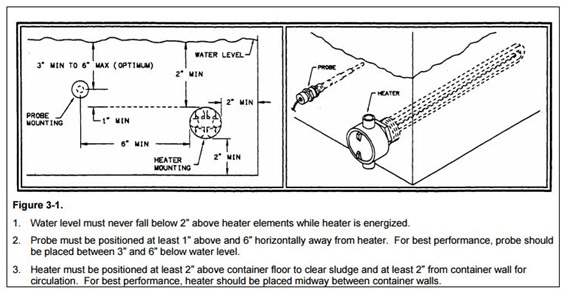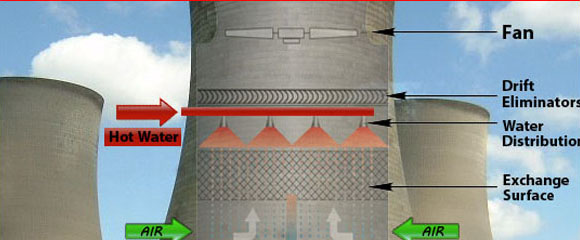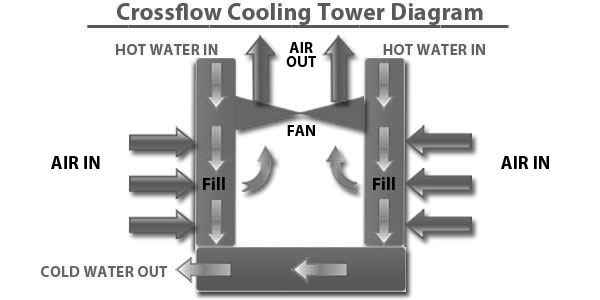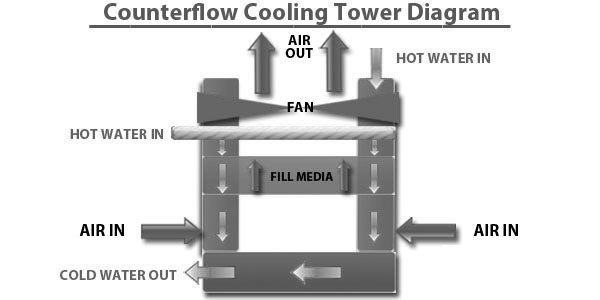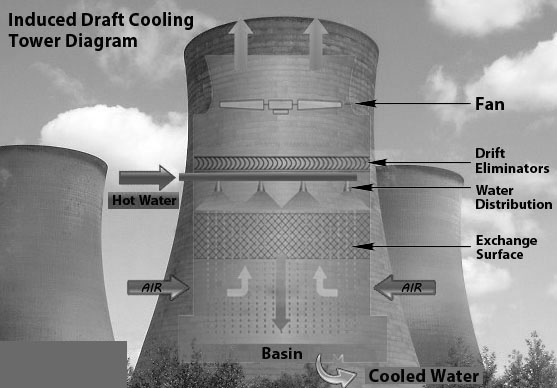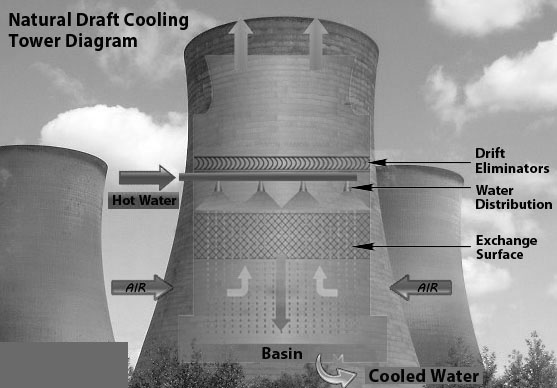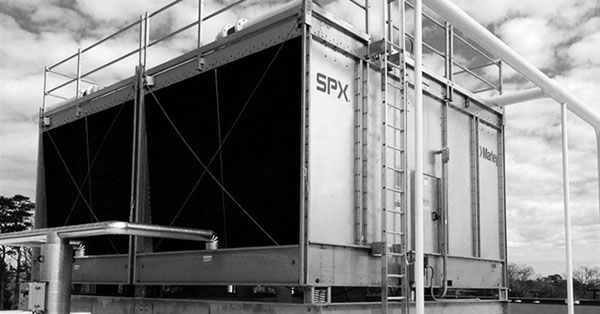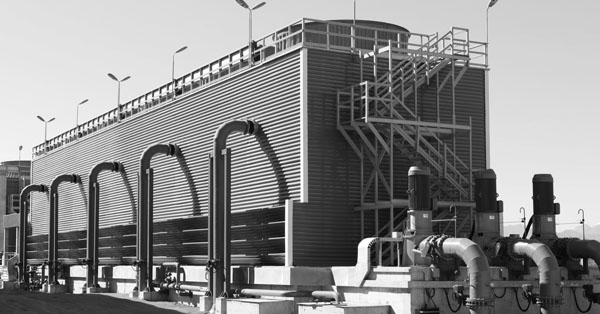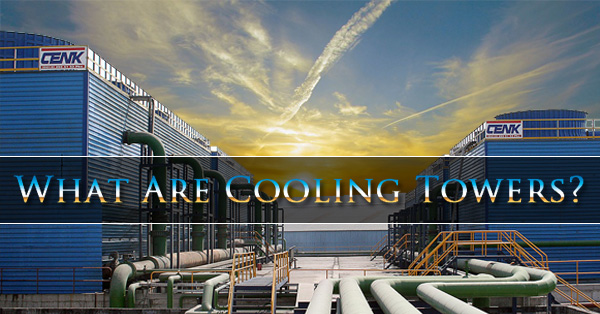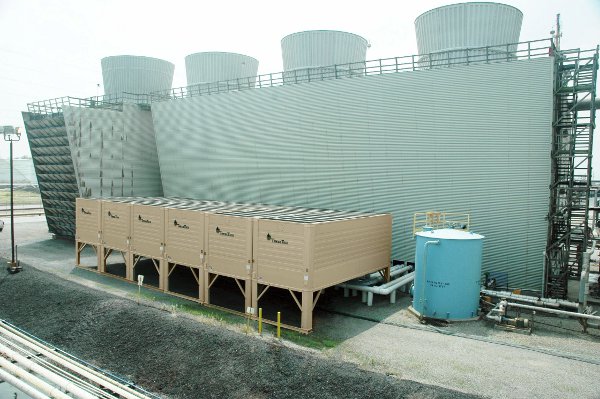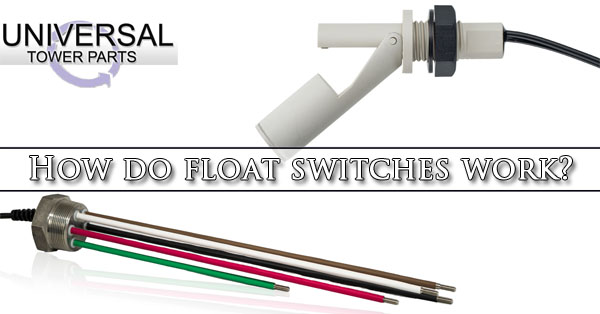
Are you searching for “how do float switches work”? This post by Universal Tower Parts can point you in the right direction and help you better understand how float switches work. Call us at (602) 997-0403 for more information about our Float Switches.
Float switches open and close circuits or dry contacts as the water level falls and rises. The normal float switch will normally be in the closed position, meaning that the circuit isn’t complete and no electricity will pass through the wires.
Once the water level has dropped below a certain point, the circuit will complete itself and then send electricity through a whole circuit to trigger alarms.
So, how does the electricity pass though the circuit? The electricity passes through magnetic reed switches. Once the water is low enough the reed switches will come in contact with each other and then complete the circuit, which allows electricity to pass through them and then trigger the alarm. Once the water is high enough again, the switches will break apart and then disconnect the circuit.
Magnetic reeds are sealed inside of a plastic or stainless steel stem. The switches move up and down as the water level decreases and increases and will break apart and come together at various heights that you specify when it is installed.
The issue with old float switches is that they may deteriorate due to poor water quality and electricity passes through them. This is why the water level controls create their own float switch replacement that uses sensing probes to gauge the water levels instead of floats.
How do the new switches work?
Water Level Control’s float switches work by using a probe instead of a float switch.
The sensor probe acts as their own sensor and don’t let electricity pass through the probes which keeps them from deteriorating, fouling, and degrading. All of the electronics are built within the head, so you can connect them to your control panel directly. Once the water level has been detected, it will cause the alarm to be triggered. Depending on the type of float switch, there may only be a single alarm or multi-point alarm that will be triggered.
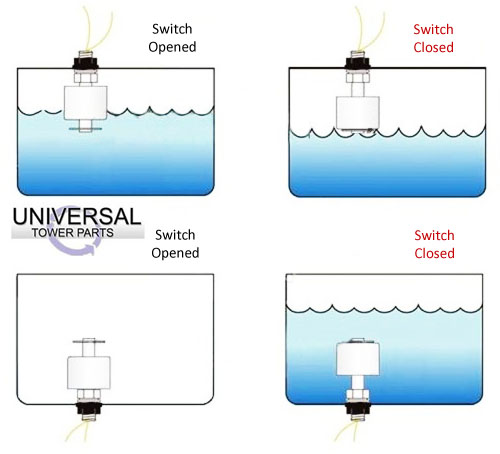
Single & Multi-Point Float Switch Benefits
“Single point and multi-point float switches allow you more control of your storage tank filling mechanisms and will last 5 times longer than traditional float switches.” CTP
Single Point Float Switch
In a single point float switch, a low alarm sensor will trigger an LED light on your control board. Single point float switches are ideal for shallow tanks with low cost/ high volume use.
Multi-Point Float Switch
In a multi-point float switch, an alarm triggers an LED light to turn on, and sends a signal to turn on an automatic water pump refilling the water back to the pre-programmed level. These switches are exceptionally versatile because of the many useful options available.
The most basic way to fully explain this is to state that the sensor probes are in the water to find the water level at various heights, depending on the water level the probes will have different tasks that they will perform. If the water level is too low, it will set off a low water level alarm, and if the water is too high, it will set off the high water level alarm, etc.
Shop Float Switches At Universal Tower Parts
Thank you for reading our post on “how do float switches work”. Stay tuned for more information on Universal Tower Parts. If you are looking to buy float switches, call us today at 602-997-0403.


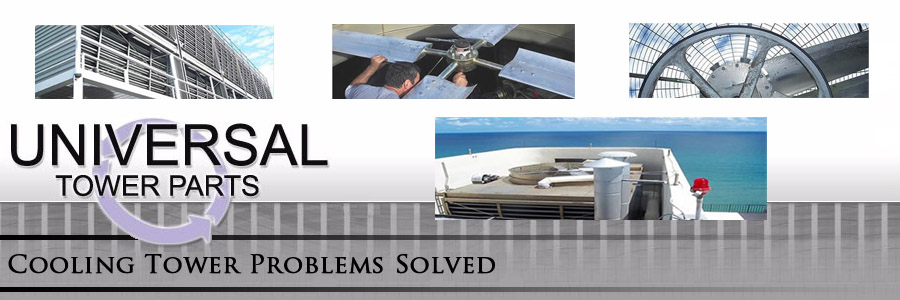
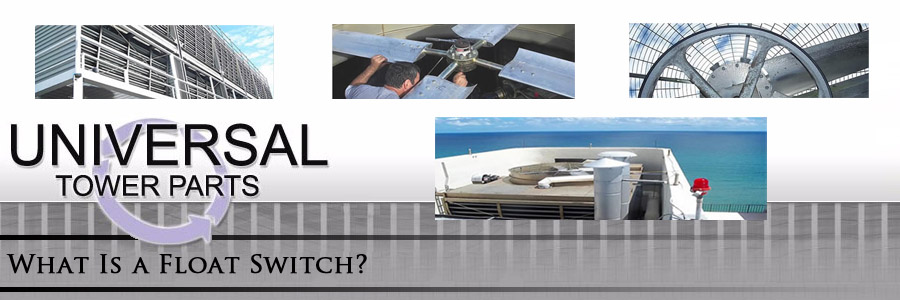
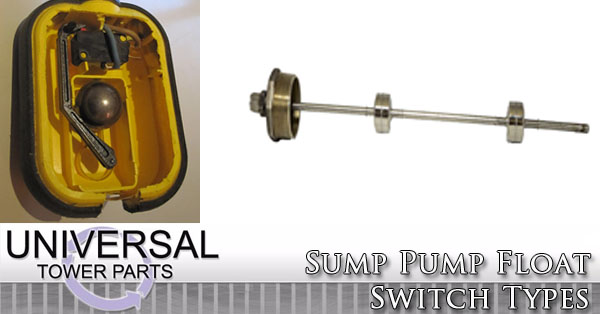
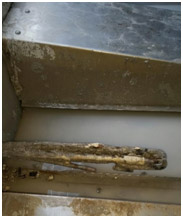 This Immersion heater (shown left) was buried in basin sludge and failed due to over-heating. Unfortunately, the cause of failure was not discovered until the basin was cleaned and the problem “uncovered”
This Immersion heater (shown left) was buried in basin sludge and failed due to over-heating. Unfortunately, the cause of failure was not discovered until the basin was cleaned and the problem “uncovered”